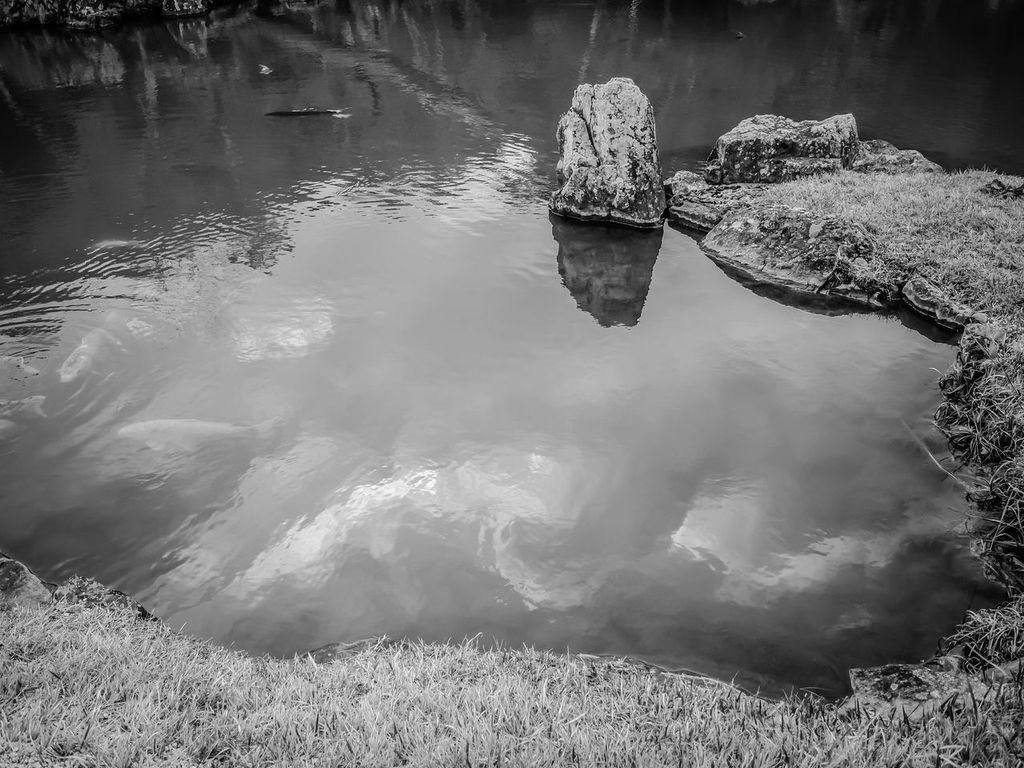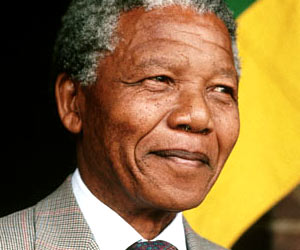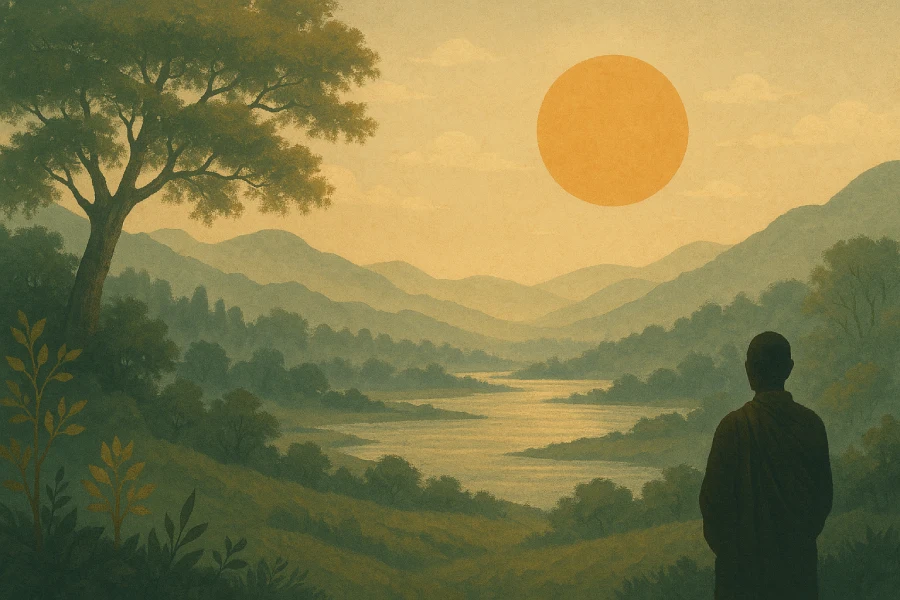In awakening our Buddha nature, we find that there is one further aspect of self to understand, the need to honor our personal destiny. This discovery is an essential task, especially for those of us in the West. In traditional Buddhist stories, it is taught that an individual might make a great vow to fulfill over the ages, to become the chief attendant to a Buddha or to become a yogi of unsurpassed psychic powers or a bodhisattva of limitless compassion. The intention of many lifetimes creates a specific character and destiny for each of us according to our karma. This needs to be recognized.
As Martha Graham put it:
There is a vitality, a life force that is translated through you into action. And because there is only one of you in all time, this expression is unique, and if you block it, it will never exist through any other medium and be lost.
The universal qualities of our Buddha nature must shine through each of us, evolving out of the individual set of patterns in each person. This unique set of patterns we could call our character, our destiny, our individual path to fulfill. To discover our destiny is to sense wisely the potential of our individual life and the tasks necessary to fulfill it. To do so is to open to the mystery of our individual incarnation.
While we cannot know our karmic past, we can recognize the deep patterns and archetypes that make up our individuality. Then these unique patterns and character types we discover can be honored and transformed in practice from rigid identifications to transparent jewels. This allows the qualities of enlightenment to shine through our own particular expression. Our critical intellect can turn into discriminating wisdom; our desire for beauty can turn into the force that brings harmony to our environment; our intuitive capacity can lead to sensitive parenting and great gifts of healing. To sense the patterns and gifts given to us and to fulfill them is a wondrous part of the development of self. It is an honoring of our potential and our unique destiny. In this we can bring together our practice, our particular tasks in our family and community, fulfilling our capacities, our gifts, and our heart as a unique individual. As we do so, our individual nature reflects the universal.
Then when these qualities of Buddha nature and personal self are combined with a deep realization of the emptiness of self, we can be said to have fully discovered the nature of self. This true self is both unique and universal, both empty and full.
The emperor of China asked a renowned Buddhist master if it would be possible to illustrate the nature of self in a visible way. In response, the master had a sixteen-sided room appointed with floor-to-ceiling mirrors that faced one another exactly. In the center he hung a candle aflame. When the emperor entered he could see the individual candle flame in thousands of forms, each of the mirrors extending it far into the distance. Then the master replaced the candle with a small crystal. The emperor could see the small crystal reflected again in every direction. When the master pointed closely at the crystal, the emperor could see the whole room of thousands of crystals reɻected in each tiny facet of the crystal in the center. The master showed how the smallest particle contains the whole universe.
True emptiness is not empty, but contains all things. The mysterious and pregnant void creates and reflects all possibilities. From it arises our individuality, which can be discovered and developed, although never possessed or fixed. The self is held in no-self, as the candle flame is held in great emptiness. The great capacities of love, unique destiny, life, and emptiness intertwine, shining, reflecting the one true nature of life.
The I Ching speaks of having a well that is finely constructed and closely lined with stones, so that clean, deep, and pure water will always fill it. This purity, our true nature, is found beneath all images of self and emptiness, in the great silence of our being. The qualities we develop are not to be named or possessed. As soon as we try to fix them, they become distorted. Instead, the development of our spirit and the release of our spirit come together, a mystery of form and formlessness. Then, like the water in the well, everything becomes clear and drinkable, and clear water is seen everywhere, in the earth and the sky above.
This excerpt is taken from the book, “A Path With Heart”






